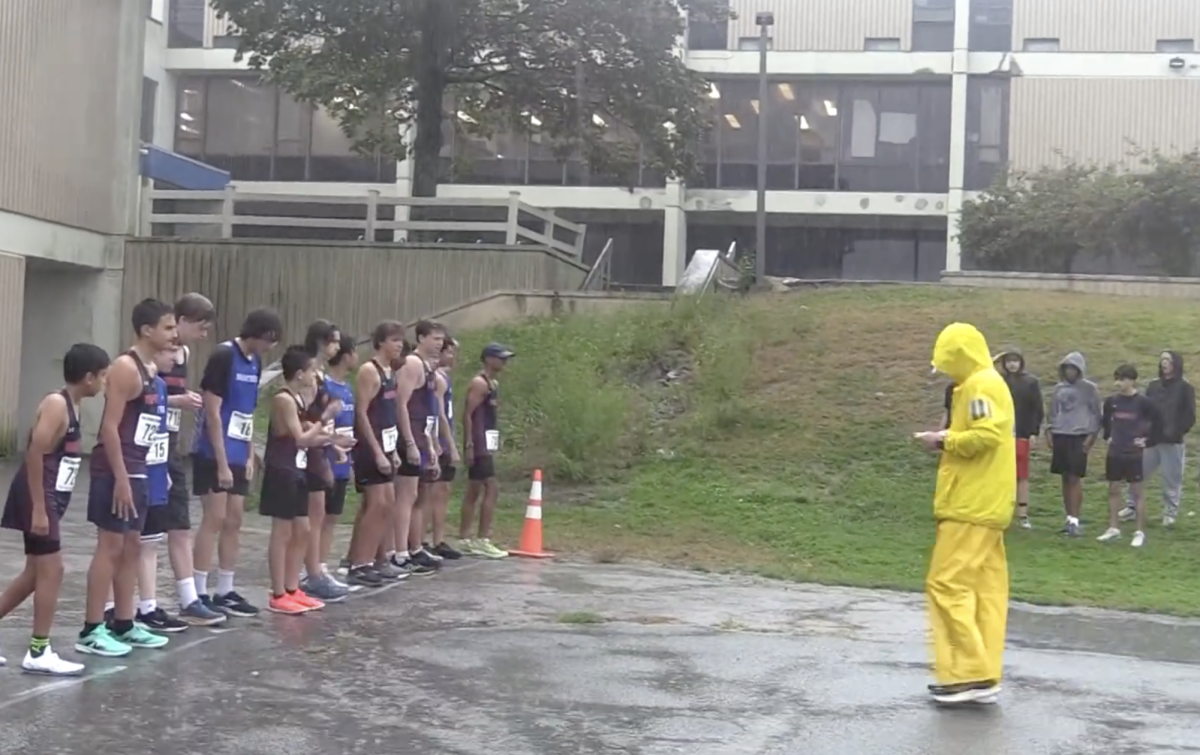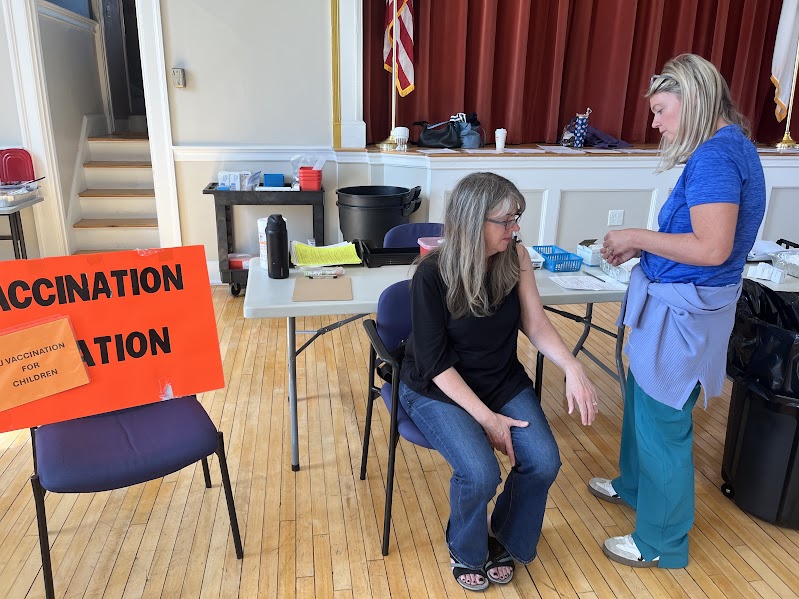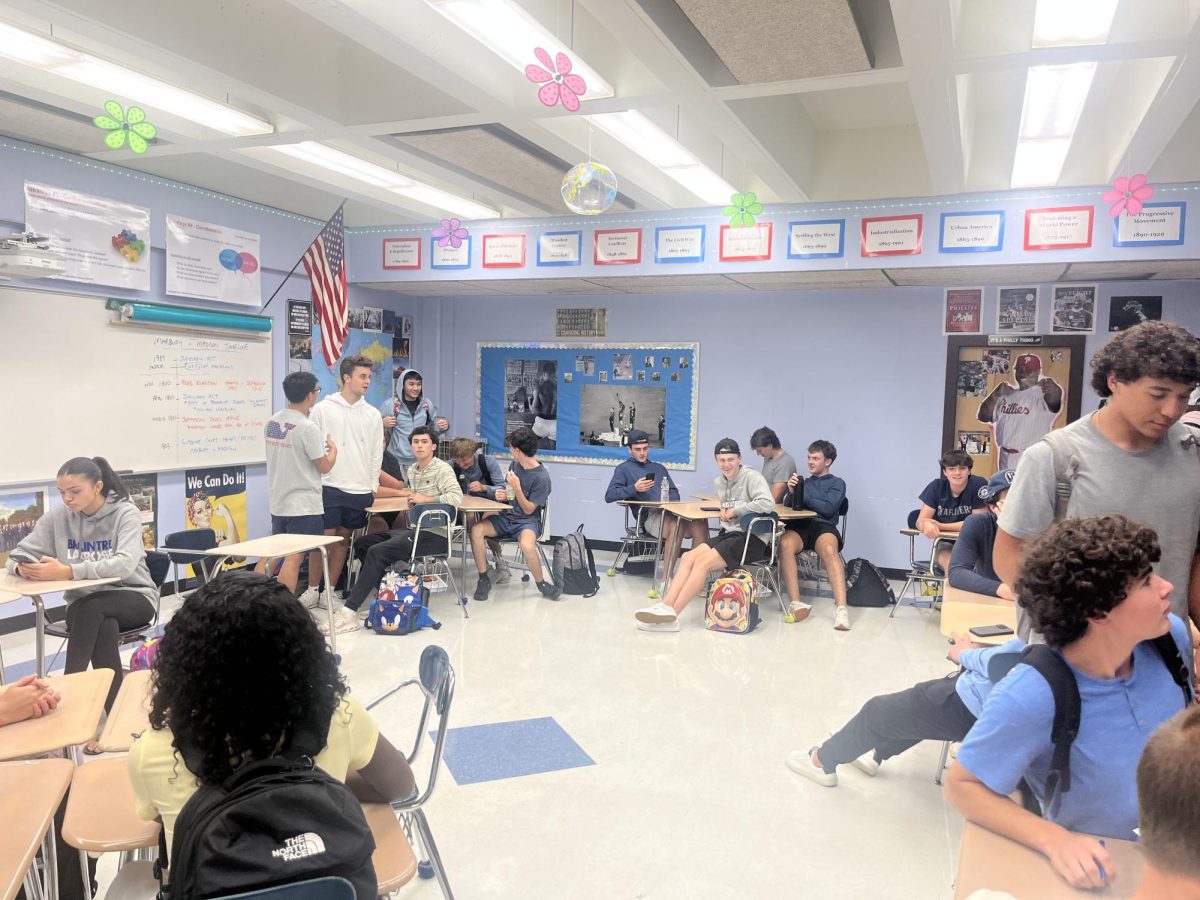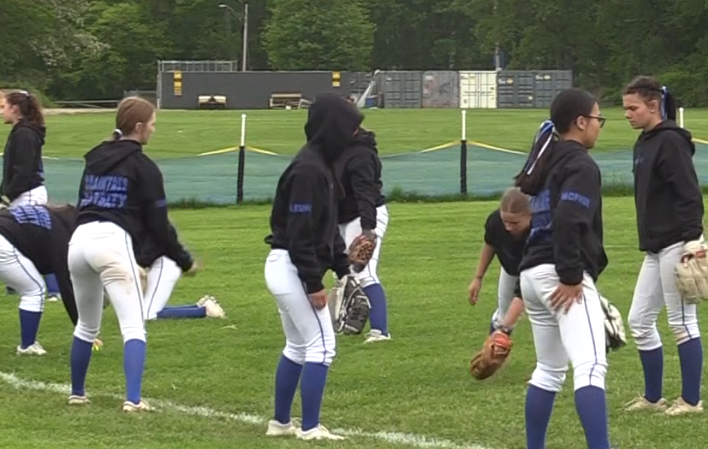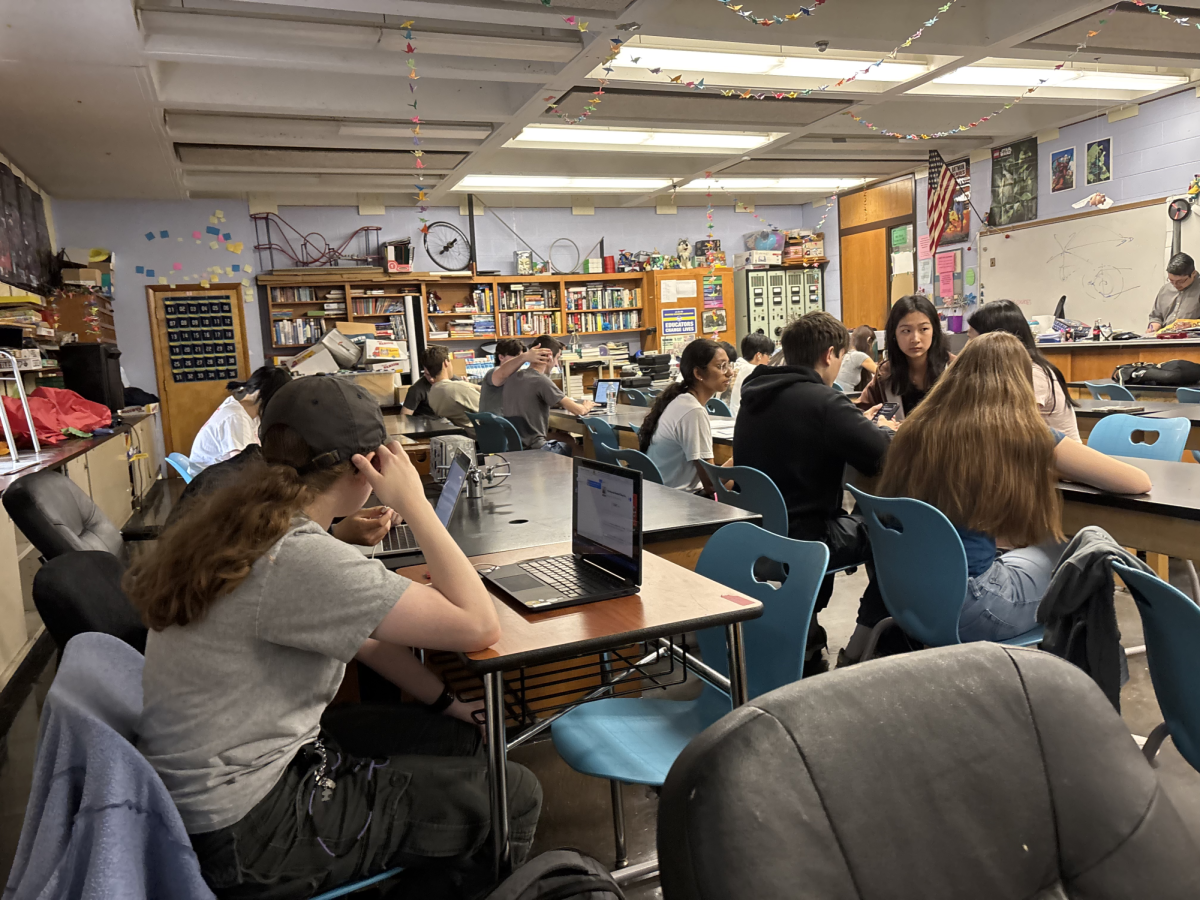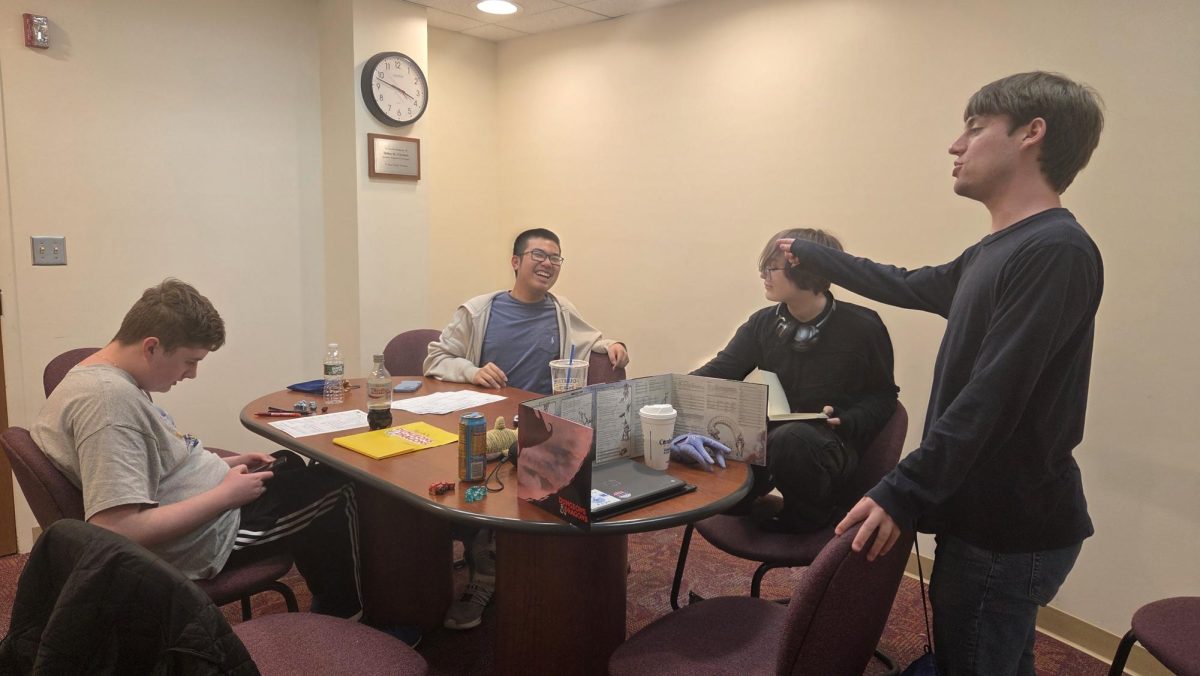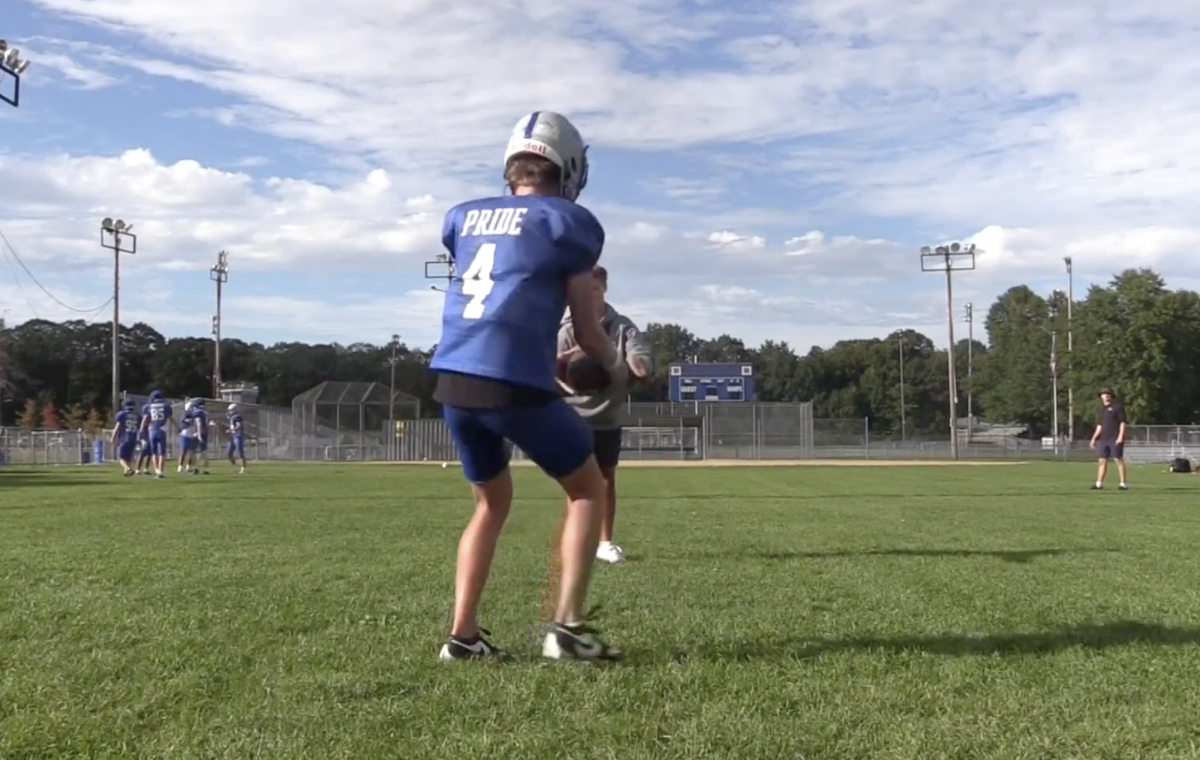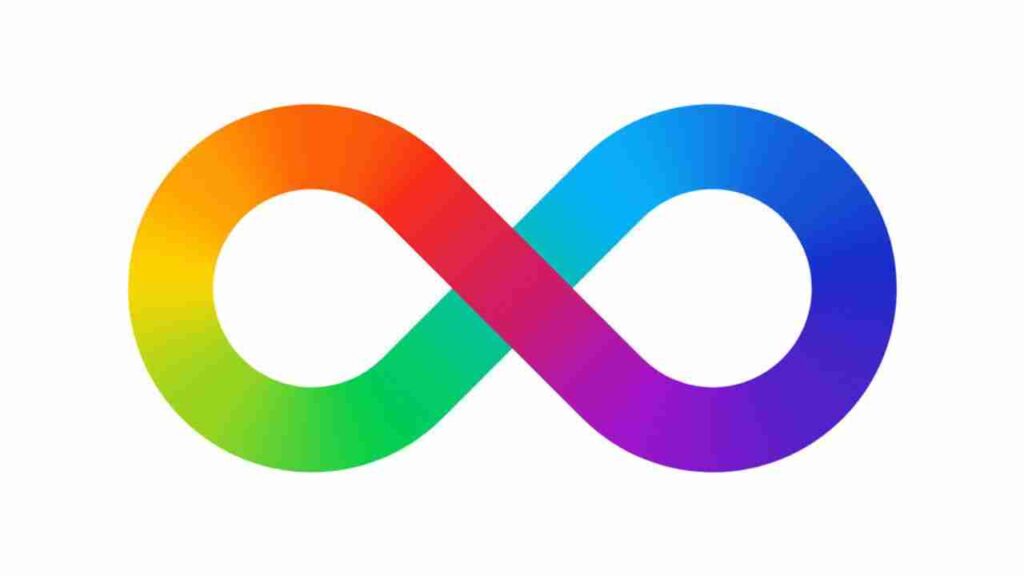As April inches closer, Autism Acceptance Month comes with it, and now is the time to discuss some of the issues plaguing the community. But who would have thought that one of those issues would be the name by which the month is referred?
Autism Acceptance Month is the recent re-branding of Autism Awareness Month, although many calendars still use the predecessor. But why the change? What is the significance of one word? It’s really about what the goal for the ASD community really is?
The truth is that awareness is not the end of the journey. Even when people are aware of autism, that doesn’t mean autistic people are treated with respect. The goal of Autism Acceptance Month is to give autistic people the support they need, and awareness isn’t enough to do that.
The bullying rate is very extremely high for autistic children, some studies even claiming 94% of autistic students. Autistic adults don’t fare much better, who “When asked whether they felt society, in general, accepted them as an autistic person, 7% of participants said “yes”, 43% said “no” and 48% said “sometimes” (2% preferred not to say).”
Autistic people are targeted for autistic traits. Some are challenged for not picking up on a “very obvious” social cue, judged as less assertive or dependable for avoiding eye contact, or seen as causing a disturbance or distraction when participating in stimming, exaggerated, emotional body movement. These are noticeable things. People can see the difference. People are aware of the difference. Being able to see that difference and accepting it without looking down their nose is the issue.
The goal of the autistic community should be respect and acceptance of our differences, which the call for an “Autism Acceptance Month” is necessary for. Awareness without acceptance is merely an acknowledgement of differences that every student can see when an autistic kid is sitting alone at a lunch table. We don’t need more people to be aware, we need to foster respect for other people. We need to accept them.
This Autism Acceptance Month, try learning more about autistic traits, but go further than that. The next time you see someone displaying them, support them. Don’t just be aware that they’re different. Someone doesn’t seem to be picking up a social cue? Politely let them know what they’re missing. Someone seems to be avoiding eye contact? Understand they’re not being disrespectful. Someone seems to be stimming with excitement? Get excited with them.
People being different is part of what makes the world so colorful. Awareness without acceptance is division. Acceptance is unity.

